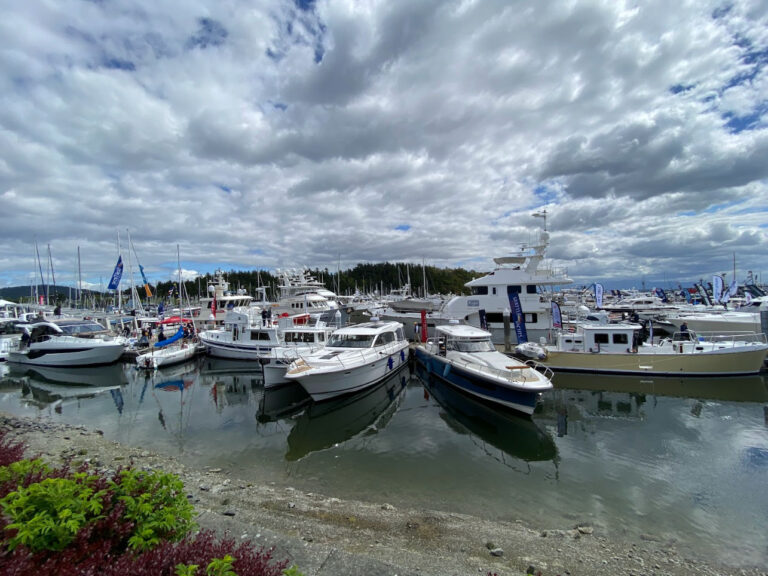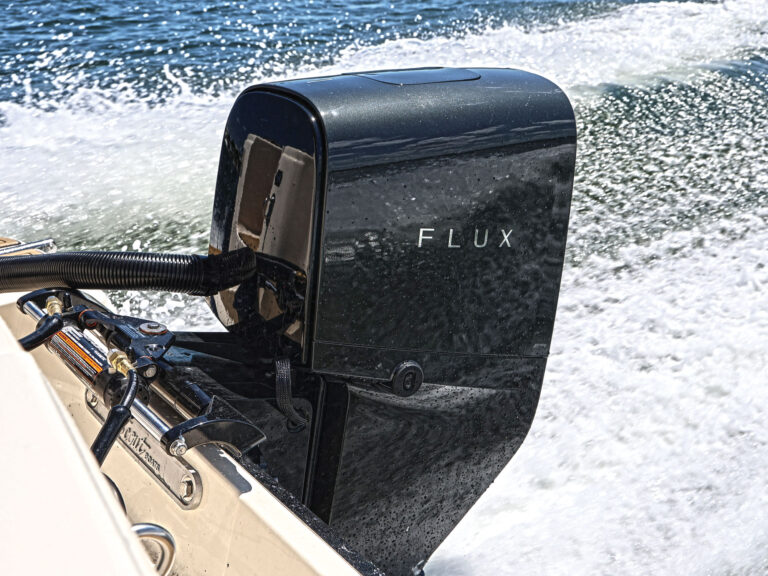Recreational boating experienced a boom in the mid-20th century as Americans turned to the water in droves in the postwar years. The number of US-registered boats skyrocketed from less than half a million to five and a half-million during the 1950s and ’60s. But this newfound popularity came at a price: More than 1,580 deaths a year resulted from boating accidents by 1971.
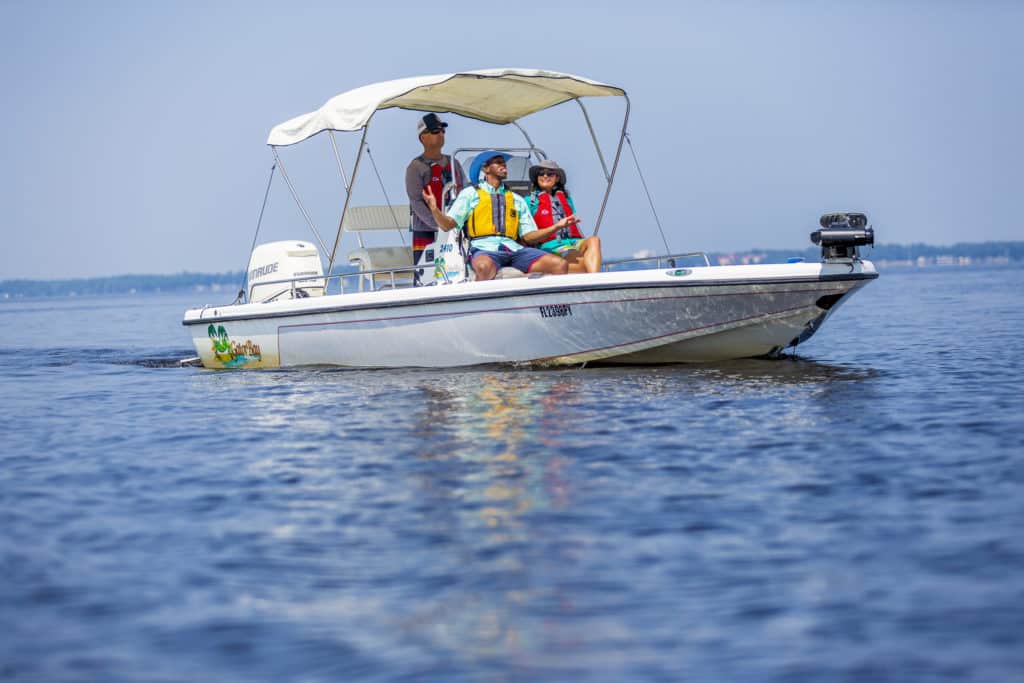
Then a law was passed that almost immediately turned this dark statistic around: the Federal Boat Safety Act (FBSA). Fifty years later, the recreational boating world still feels the effects and successes of this groundbreaking legislation.
President Nixon signed the FBSA into law on August 10, 1971. The act established the National Recreational Boating Safety Program, which addresses boater education, training and outreach; it provided grants to states to fund boating safety law enforcement and public education programs; and it gave the US Coast Guard the authority to set boating manufacturer safety standards, and to recall boats and equipment that didn’t comply.
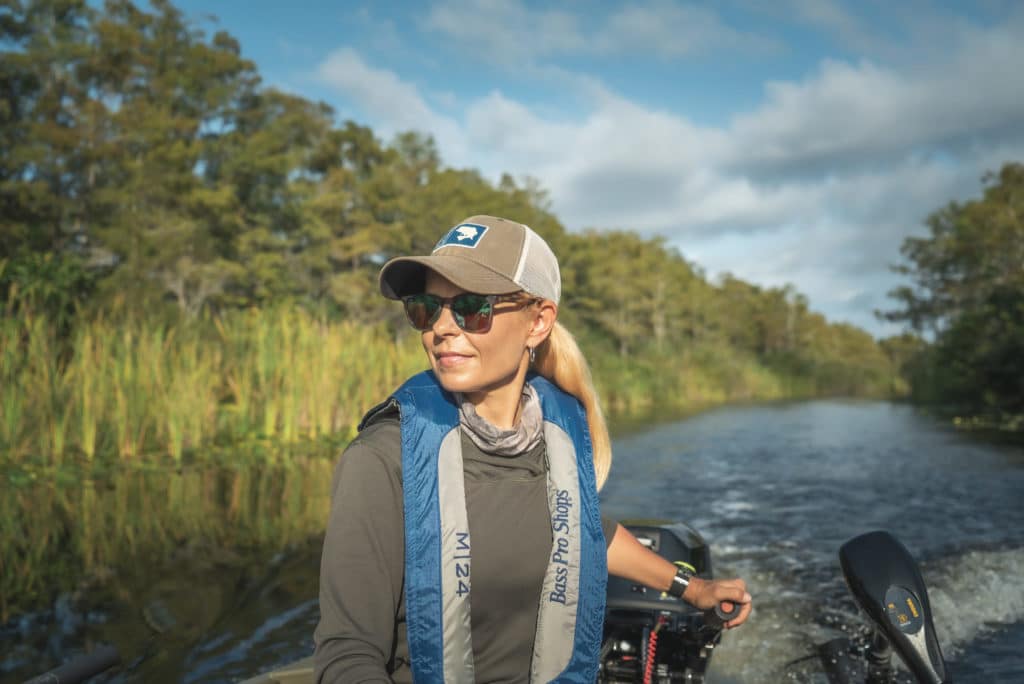
By 1975, boating fatalities had dropped 12 percent, and they continued to dwindle dramatically. Today, while the number of registered boats has more than doubled since 1971, boating-related deaths have more than halved.
The FBSA allowed the creation of federal regulations that tackle issues from passenger capacity to engine compartment ventilation to firefighting. But this isn’t a case of lawmakers just mandating to manufacturers and boaters — that’s the beauty of the FBSA. It laid the groundwork for a future of collaboration between the USCG, states, manufacturers and boaters themselves.
It did this by also establishing the National Boating Safety Advisory Council, made up of state boating law administrators, the marine industry, national boating organizations and the public. Together, they advise the USCG.
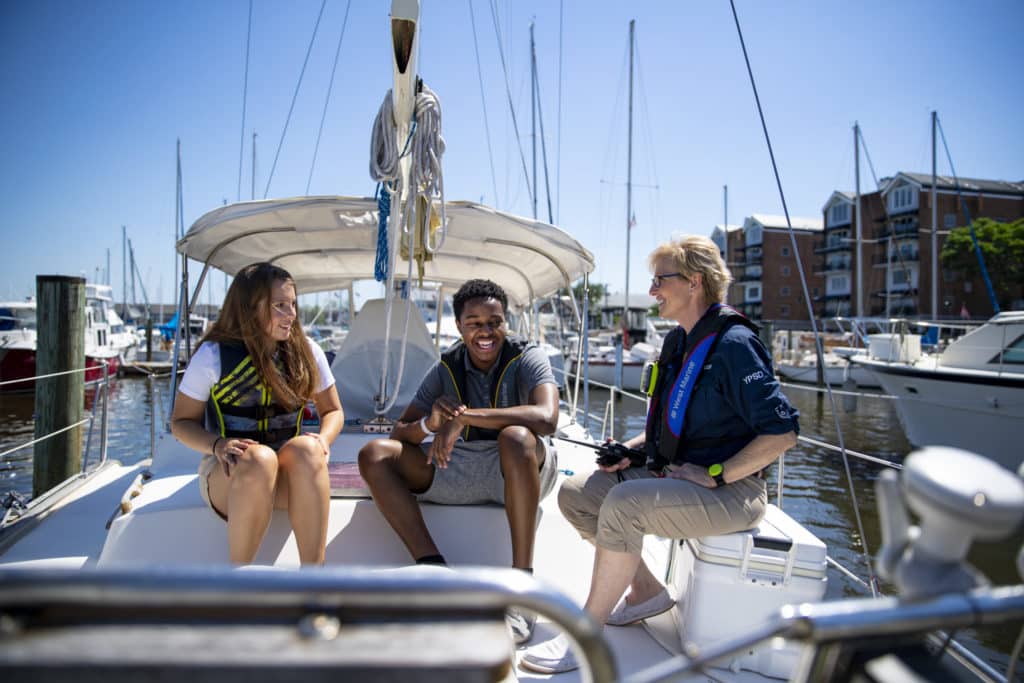
“By doing so, it really established that collaborative process that exists in the marine industry today,” says Dave Marlow, director of product integrity and government affairs at Brunswick. Not just from a regulatory standpoint, he points out, but also for developing voluntary standards.
“It’s pretty unique to the marine industry when you look at other sectors,” adds Nicole Vasilaros, who until recently was the senior vice president of government relations and legal affairs for the National Marine Manufacturers Association. “The old adage [that] it’s always better to regulate yourself than be regulated — the marine industry has taken that to heart.”
One example of the industry working together to go above and beyond federal requirements is the NMMA certification program. It applies the American Boat and Yacht Council construction standards to its members’ boats, which encompass about 85 percent of the market. A NMMA-certified boat is seven times less likely to be recalled, Vasilaros says.
From Marlow’s perspective at industry heavyweight Brunswick, he credits what he calls the corporation’s “very unique relationship” with the US Coast Guard and its office of Boating Safety with several key developments over his 30-year career, which include: carbon monoxide detection systems; LED navigation lights; longer-lasting, safer fuel tanks built of cross-linked polyethylene; and engine cutoff systems.
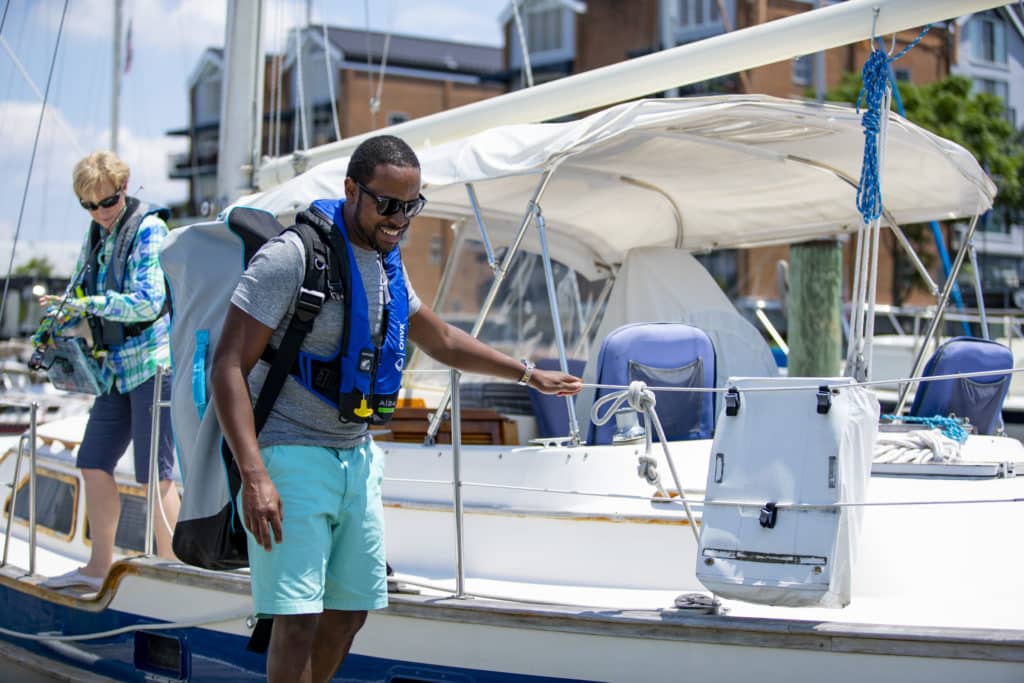
The collaborative spirit born of the FBSA continues to set the tone in the marine industry today. “When working with similar industries in the recreational business, I am always amazed [at] how friendly and collegial our sector is when it comes to developing regulations and standards,” says ABYC President John Adey. “Whenever ABYC needs assistance in the product safety area, we are overwhelmed by the responses and commitment of resources.”
As more Americans turn to the water for a COVID-19-safe activity, boating is experiencing yet another surge. Thanks to the ongoing impact of the FBSA, boaters can rest assured that it’s safer than ever, particularly if they follow the advice of the National Safe Boating Council:
- Take a boating safety course
- Check equipment
- File a float plan
- Always wear a life jacket
- Never boat under the influence
- Use an engine cutoff device
- Watch the weather
- Be aware of your surroundings
Although boating accidents today are at historic lows, there is always room for improvement.
For more information, visit federalboatsafetyact.com.







